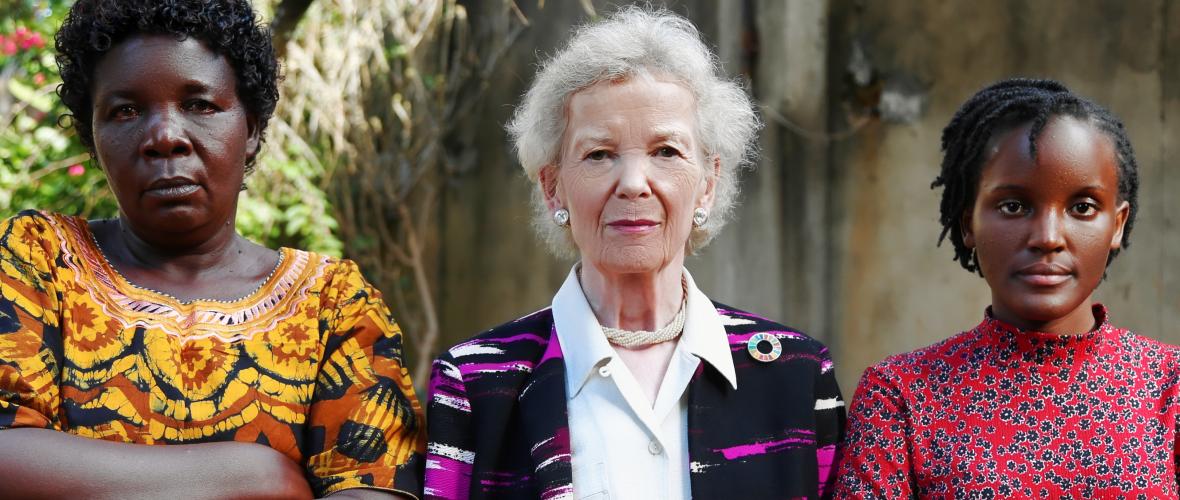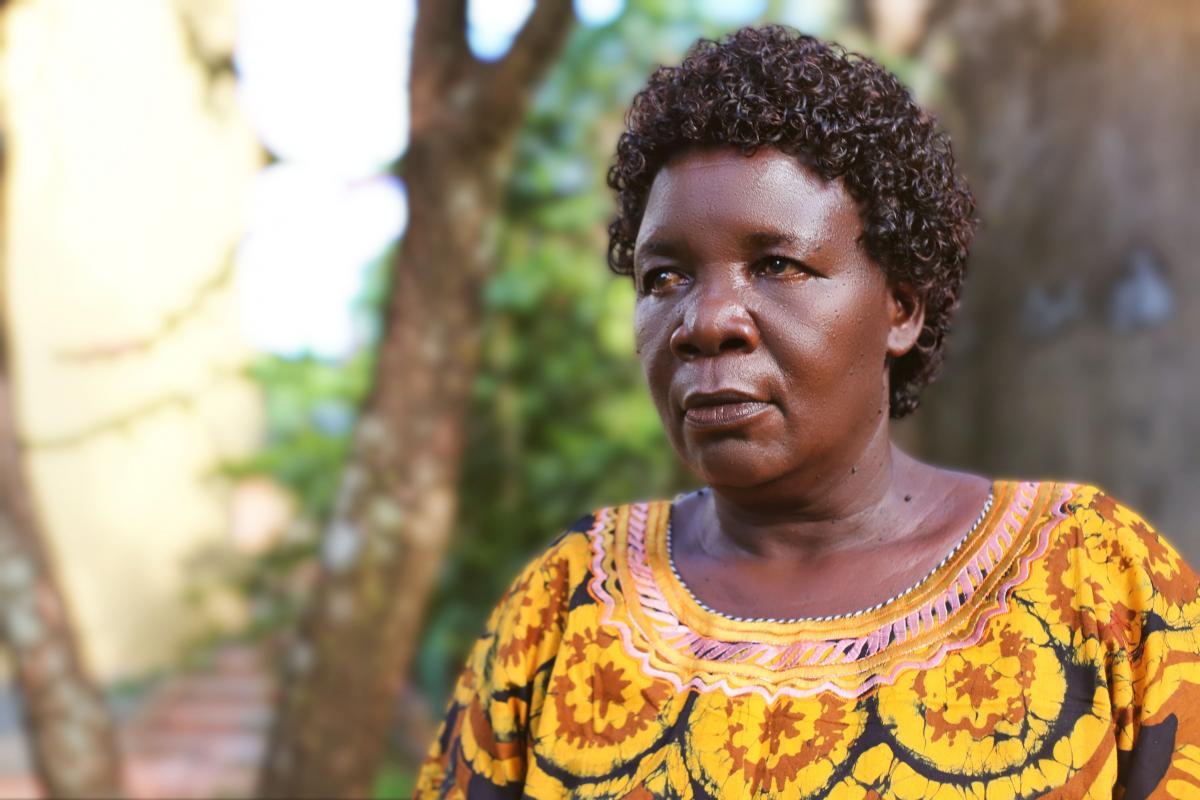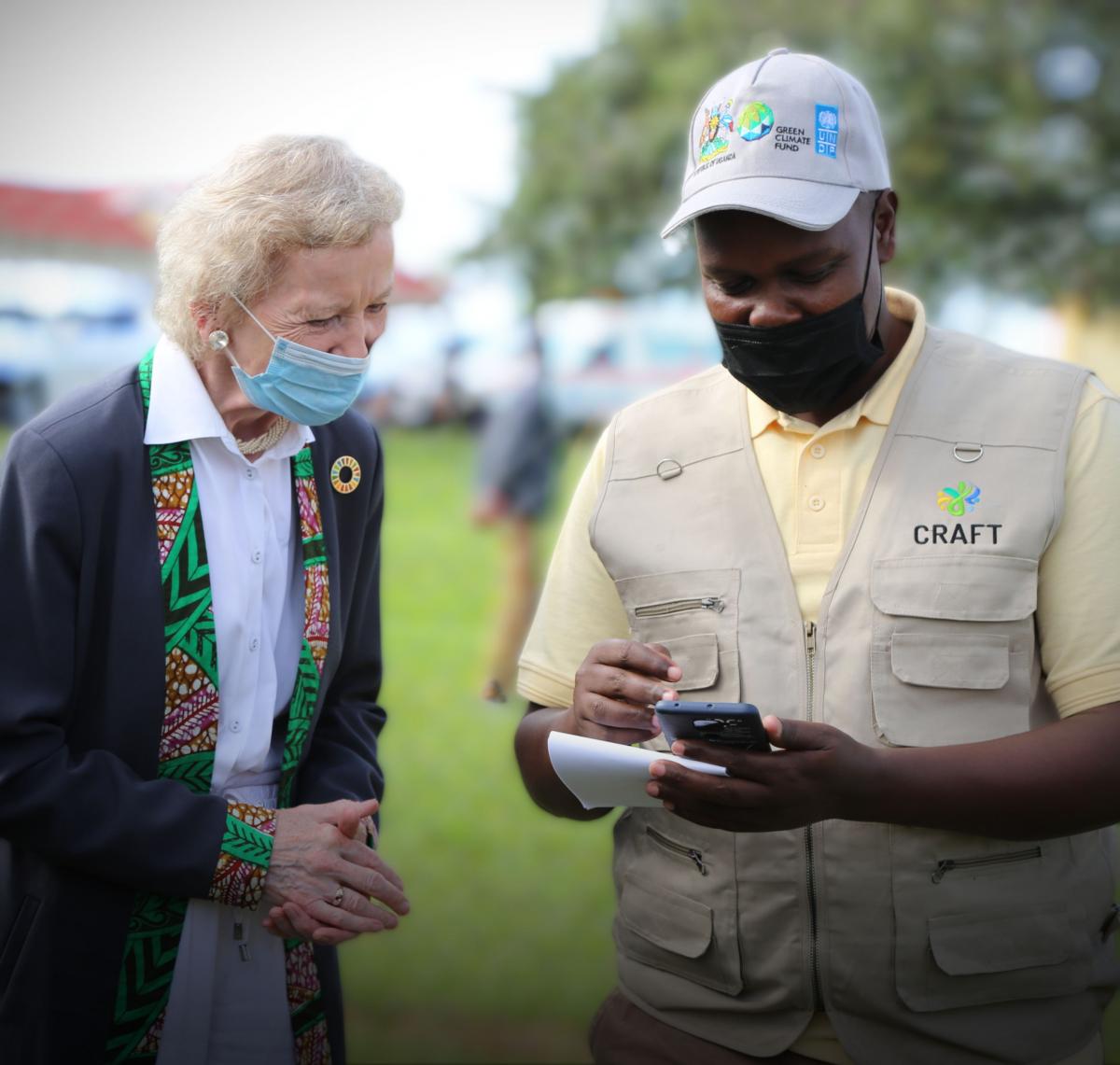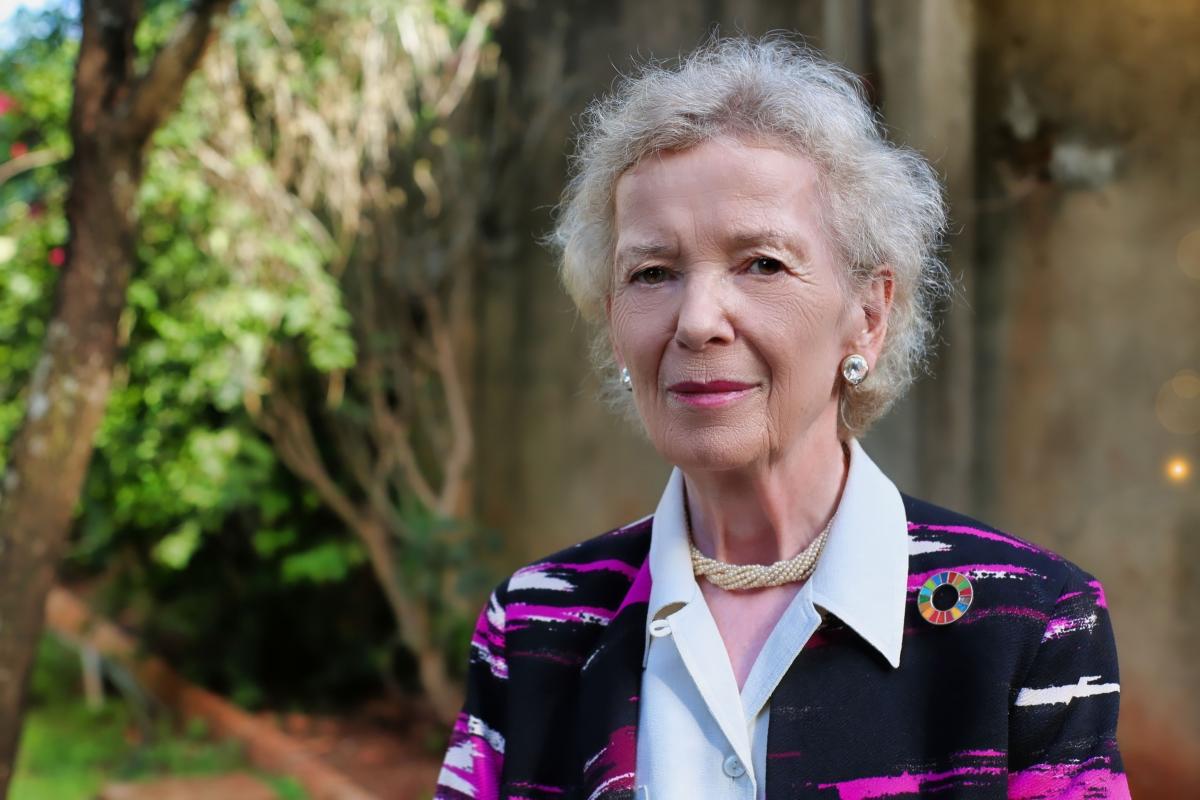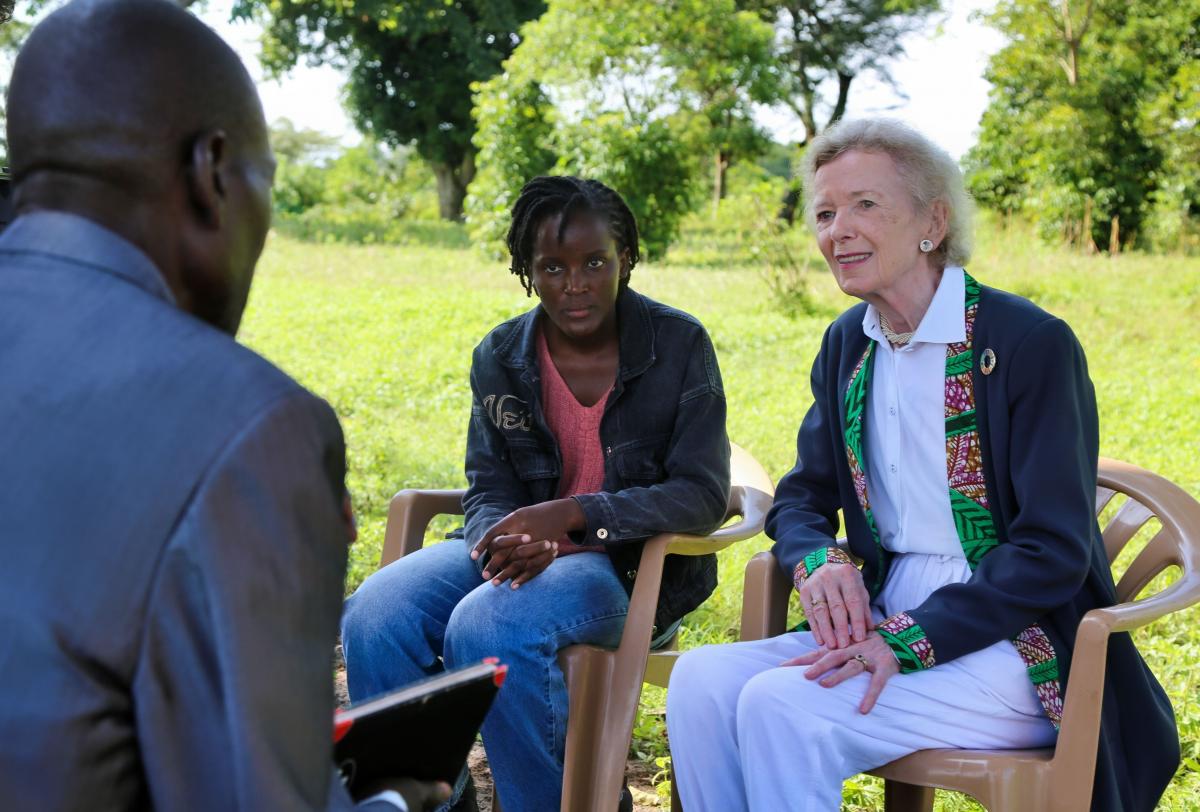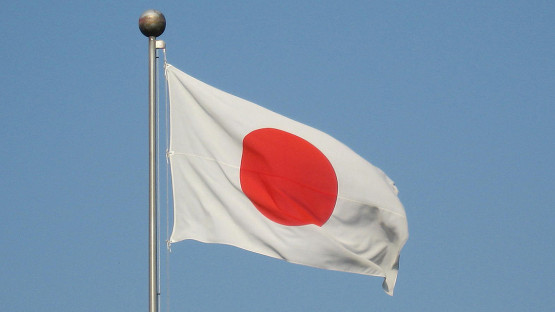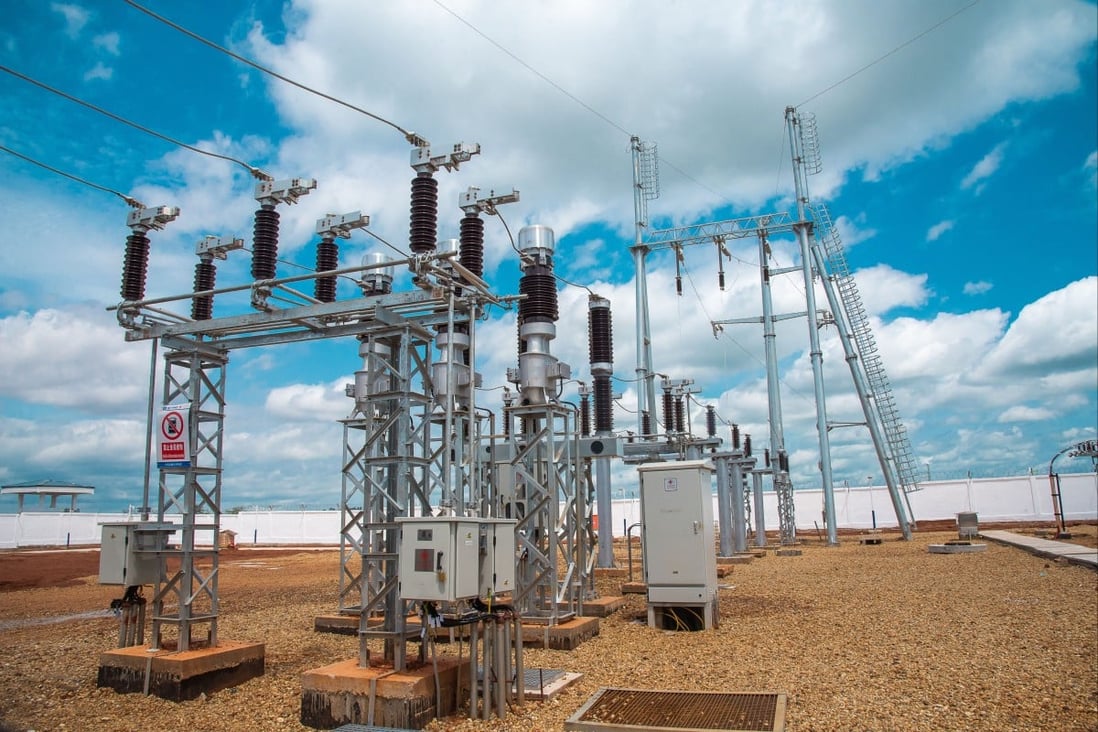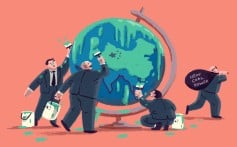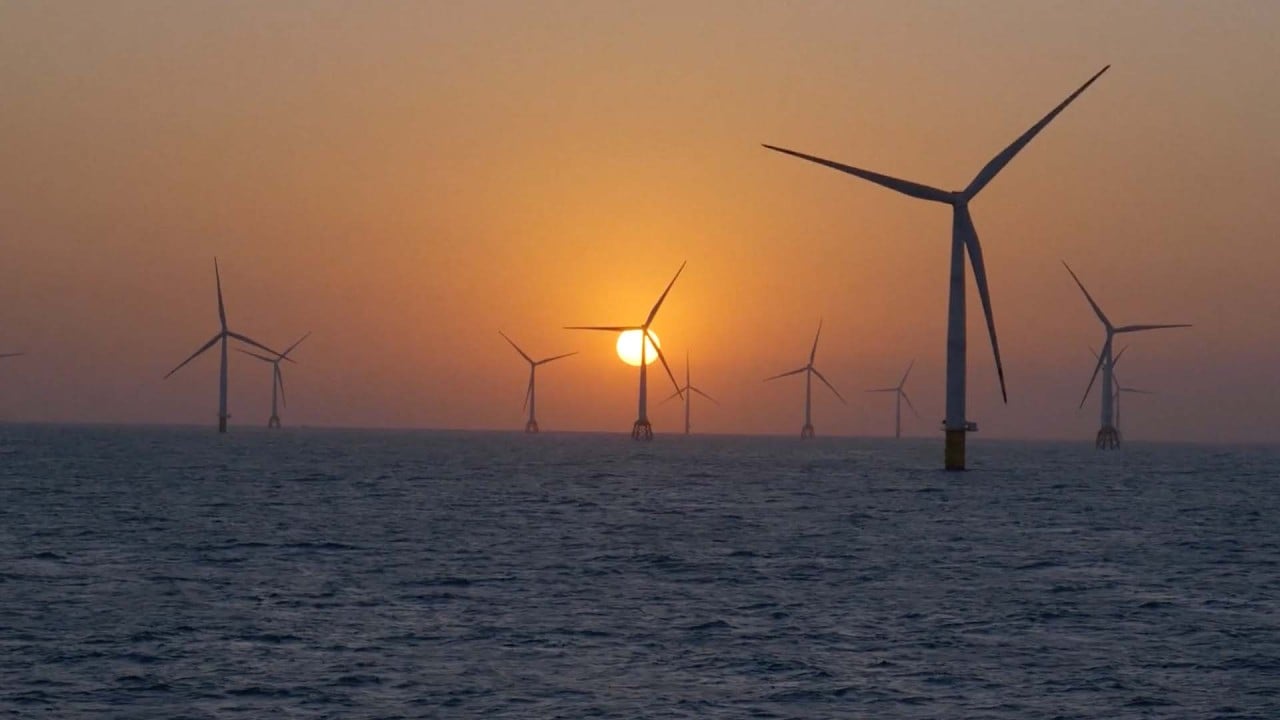It’s Our Fault If Some Climate Protesters Go Too Far
This week, demonstrators belonging to the group Letzte Generation (Last Generation) glued themselves to a highway in Berlin, blocking traffic. Among those stuck in the jam was a specialized rescue vehicle on the way to help save a cyclist who’d been rolled over by a truck. The woman is now dead — it’s unclear what difference the delays made.
The activists at Last Generation have also been soiling and splashing famous art works. Protesters in the UK, Netherlands and elsewhere are pulling similar stunts. In the Hague, a member of the group Just Stop Oil glued his head to Johannes Vermeer’s “Girl with a Pearl Earring,” while an accomplice glued his hand to the wall. Elsewhere, demonstrators have splattered mashed potatoes on a Monet and tomato soup on a van Gogh.
Even more extreme than vandalism against art or property, of course, is vandalism against bodies, including the protesters’ own. On Earth day this year, Wynn Bruce, an American Buddhist, protested against climate change by setting himself on fire on the marble plaza in front of the Supreme Court in Washington, DC. He died in the hospital the following day.
Bruce was the latest in a long line of self-immolators. In 1965, Norman Morrison, a Quaker, burned himself to death in front of the Pentagon to protest the Vietnam War. He was probably inspired by Thich Quang Duc, a Buddhist monk in Saigon, who self-immolated to draw attention to repression by the South Vietnamese regime.
If we had to describe protests on a spectrum, it might look as follows: At one end, there is completely peaceful civil disobedience that nonetheless breaks some laws to make a larger point. A good example is Mohandas Gandhi’s Salt March in 1930, when he and a growing crowd of followers went to the sea to boil water and extract salt, which was illegal for Indians under British rule. Gandhi went to prison for that, but always stayed true to his concept of satyagraha. Literally “holding on to truth,” the word came to mean non-violent resistance.
In the opposite corner, there is what those not believing in a given cause would call terrorism. Any number of people and groups in history have been all too willing to blow up themselves and innocent others for the sake of national liberation, religion or what have you.
The best response to protests in a free society is therefore proportionate. We must outlaw and punish all forms of violence but tolerate satyagraha. In practice, the categories are rarely that clear. The reality is that protest is always about drawing the attention of otherwise apathetic masses. And that’s best done by shocking.
The suffragettes of the early 20th century are an example. They clearly had history and justice on their side. And yet they had to keep up their marches, hunger strikes and other stunts for years before women could vote. During that time, the suffragette who probably did more to change hearts and minds than anybody else killed herself for the cause.
Emily Davison probably didn’t mean to take her own life when she went to the Derby in 1913 and stepped in front of Anmer, the horse of King George V, as it galloped around a bend at the speed of a car driving on a country road. Maybe she was only trying to affix a suffragette flag to Anmer’s reins. But she was hit, and died a couple of days later in the hospital. The jockey was injured too.
The King called the incident “scandalous,” the Queen found Davison “horrid.” But who can say what role Davison played in making people in Britain and elsewhere reconsider their inherited biases and become open to an idea we nowadays consider self-evident?
The truth is that progress doesn’t always come about in response to patient and polite expositions at seminars and orderly petitions. Giving women the franchise, freeing Indians from British colonialism or Black Americans from Jim Crow also took the courage of some individuals to get in the faces of people in the indifferent majority.
The activists blocking the highway in Berlin were in the wrong for gambling with the lives of innocent people. The vandals sullying art also need a good talking to. Leave van Gogh alone, and have some manners.
And yet the rest of us also have an obligation to listen to what drove those protesters to extremes. The folks at Letzte Generation say they’ve been watching the Fridays for Future rallies of recent years, and how those have failed to cause a U-turn in energy policy or the personal behavior of most people.
“How do you feel when you see something beautiful and priceless being apparently destroyed before your eyes?” one of the two men vandalizing the Vermeer taunted the gasping crowd in the museum. “Do you feel outraged? Good. Where is that feeling when you see the planet being destroyed before our very eyes?”
These activists committed a kind of crime and must pay a price. But the rest of us are committing another kind, by doing nothing meaningful about climate change. Eventually, we too will have to pay a price, and it’ll be infinitely bigger.
This column does not necessarily reflect the opinion of the editorial board or Bloomberg LP and its owners.
Andreas Kluth is a Bloomberg Opinion columnist covering European politics. A former editor in chief of Handelsblatt Global and a writer for the Economist, he is author of “Hannibal and Me.”
©2022 Bloomberg L.P.





